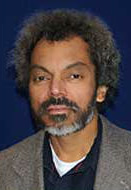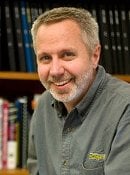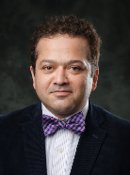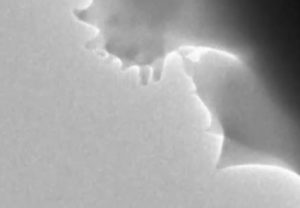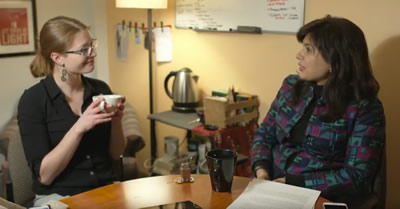
Bo Chen (ME-EM) is the principal investigator on a project that has received a $24,000 research and development contract from the Argonne National Laboratory. The project is titled, “Modeling and Control Development for Electric Vehicle and Smart Grid Integration.” This is a five-month project.
